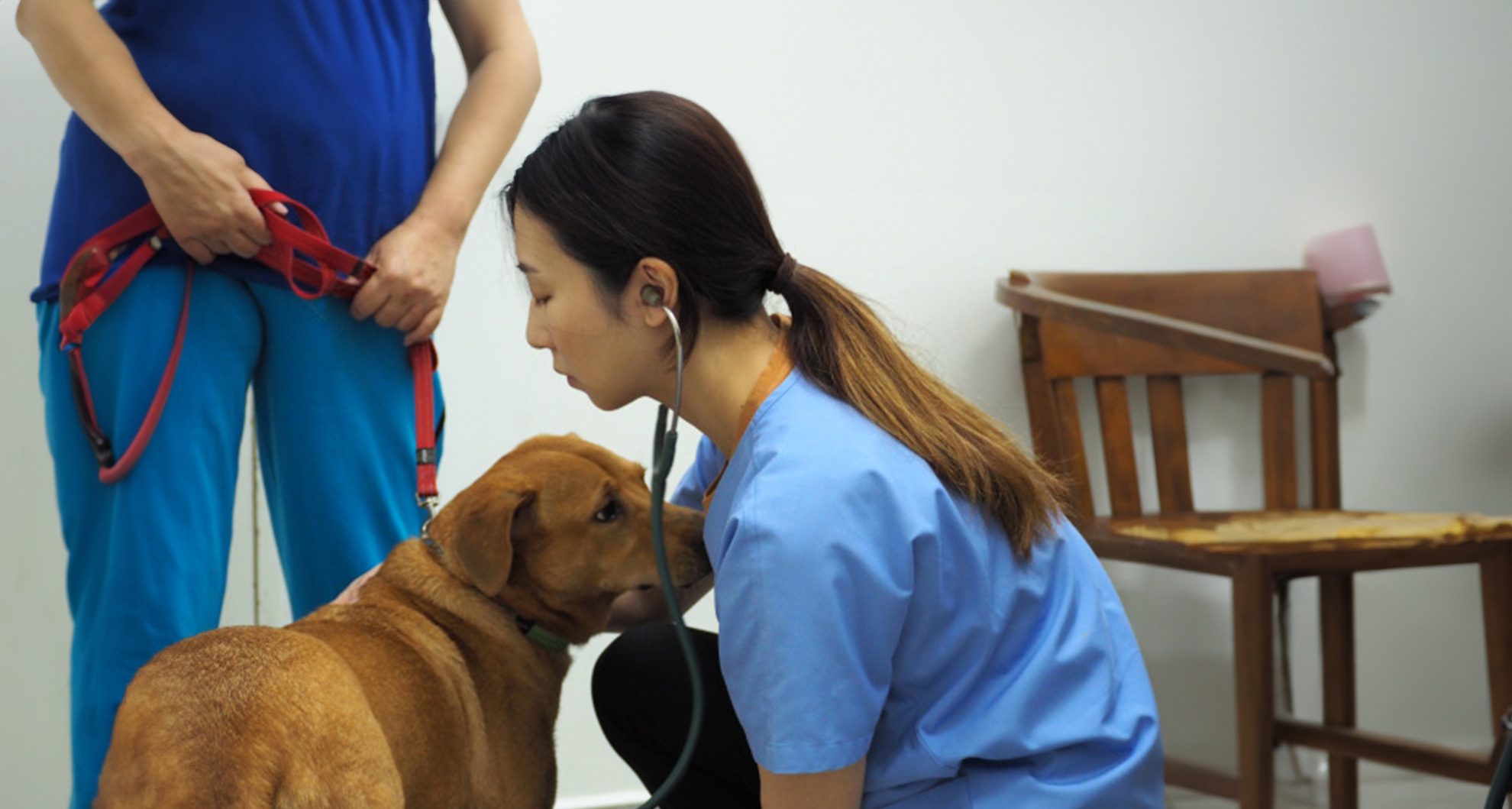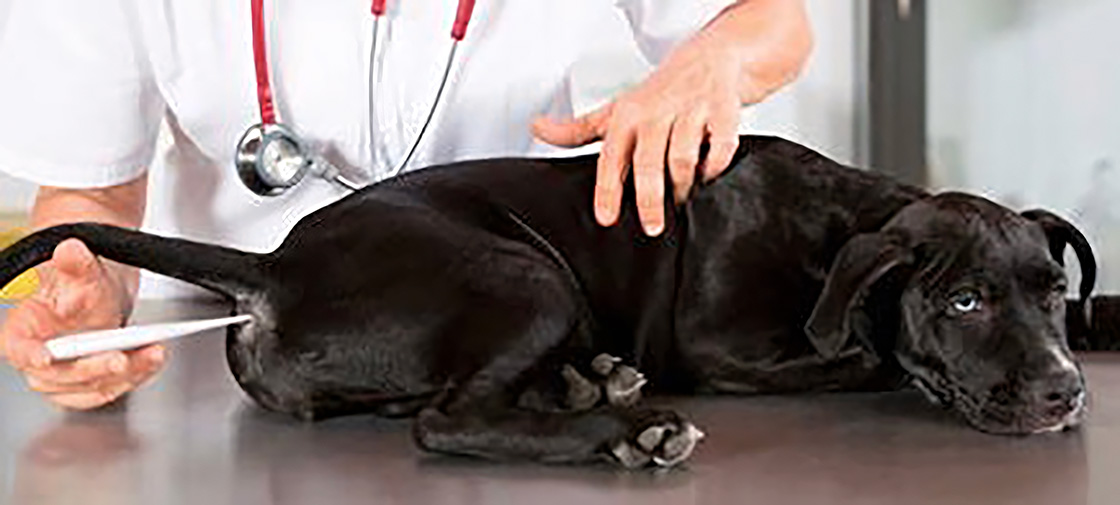Normal Vital Signs in Dogs and Cats



Dogs: Normal Vital Signs
- Heart rate per minute: 80 – 120
- Respiratory rate per minute: 15 – 30
- Temperature: 38 – 39.2 °C
Cats: Normal Vital Signs
- Heart rate per minute: 100 – 140
- Respiratory rate per minute: 20 – 30
- Temperature: 38 – 39.2 °C
How to Check Temperature
The most accurate way to take our dog's or cat's temperature is with a digital thermometer inserted rectally. Lubricate the thermometer with a water-based lubricant like KY jelly. Insert the thermometer gently into the rectum, located just below the base of the tail, and leave it in place until it beeps.

How to Measure Heart Rate
The average heart rate of dogs and cats may vary according to breed and size, so it is important to know what is normal for your dog and cat when they are relaxed and at rest. Count the number of beats in 15 seconds. Multiply by 4 to get the heart rate in beats per minute (bpm).
Small dogs generally have faster heart rates while large dogs and those in good physical condition have slower rates. Heart rates may also be higher when your pets are in the clinics or at events, due to anxiety and excitement.
How to Measure Respiratory Rate
The chest rises with inspiration and falls with expiration. One cycle of inspiration and expiration equals one breath. When your dogs or cats are at rest, check their respiratory rate by counting the number of breaths for 1 minute.
Practise these steps at home until you are familiar with your pets' normal vital signs and know when they seem "off" and require vet attention.
Dr Putri Iin, Mount Pleasant Vet Centre (East)
Dogs: Normal Vital Signs
- Heart rate per minute: 80 – 120
- Respiratory rate per minute: 15 – 30
- Temperature: 38 – 39.2 °C
Cats: Normal Vital Signs
- Heart rate per minute: 100 – 140
- Respiratory rate per minute: 20 – 30
- Temperature: 38 – 39.2 °C
How to Check Temperature
The most accurate way to take our dog's or cat's temperature is with a digital thermometer inserted rectally. Lubricate the thermometer with a water-based lubricant like KY jelly. Insert the thermometer gently into the rectum, located just below the base of the tail, and leave it in place until it beeps.

How to Measure Heart Rate
The average heart rate of dogs and cats may vary according to breed and size, so it is important to know what is normal for your dog and cat when they are relaxed and at rest. Count the number of beats in 15 seconds. Multiply by 4 to get the heart rate in beats per minute (bpm).
Small dogs generally have faster heart rates while large dogs and those in good physical condition have slower rates. Heart rates may also be higher when your pets are in the clinics or at events, due to anxiety and excitement.
How to Measure Respiratory Rate
The chest rises with inspiration and falls with expiration. One cycle of inspiration and expiration equals one breath. When your dogs or cats are at rest, check their respiratory rate by counting the number of breaths for 1 minute.
Practise these steps at home until you are familiar with your pets' normal vital signs and know when they seem "off" and require vet attention.
Dr Putri Iin, Mount Pleasant Vet Centre (East)
Dogs: Normal Vital Signs
- Heart rate per minute: 80 – 120
- Respiratory rate per minute: 15 – 30
- Temperature: 38 – 39.2 °C
Cats: Normal Vital Signs
- Heart rate per minute: 100 – 140
- Respiratory rate per minute: 20 – 30
- Temperature: 38 – 39.2 °C
How to Check Temperature
The most accurate way to take our dog's or cat's temperature is with a digital thermometer inserted rectally. Lubricate the thermometer with a water-based lubricant like KY jelly. Insert the thermometer gently into the rectum, located just below the base of the tail, and leave it in place until it beeps.

How to Measure Heart Rate
The average heart rate of dogs and cats may vary according to breed and size, so it is important to know what is normal for your dog and cat when they are relaxed and at rest. Count the number of beats in 15 seconds. Multiply by 4 to get the heart rate in beats per minute (bpm).
Small dogs generally have faster heart rates while large dogs and those in good physical condition have slower rates. Heart rates may also be higher when your pets are in the clinics or at events, due to anxiety and excitement.
How to Measure Respiratory Rate
The chest rises with inspiration and falls with expiration. One cycle of inspiration and expiration equals one breath. When your dogs or cats are at rest, check their respiratory rate by counting the number of breaths for 1 minute.
Practise these steps at home until you are familiar with your pets' normal vital signs and know when they seem "off" and require vet attention.
Dr Putri Iin, Mount Pleasant Vet Centre (East)